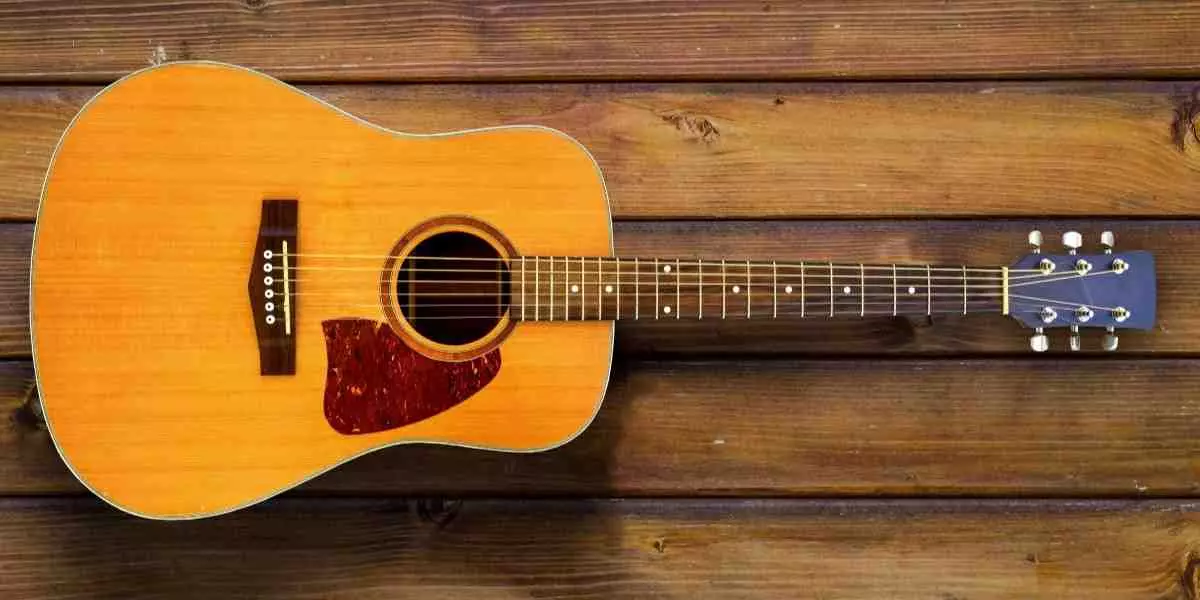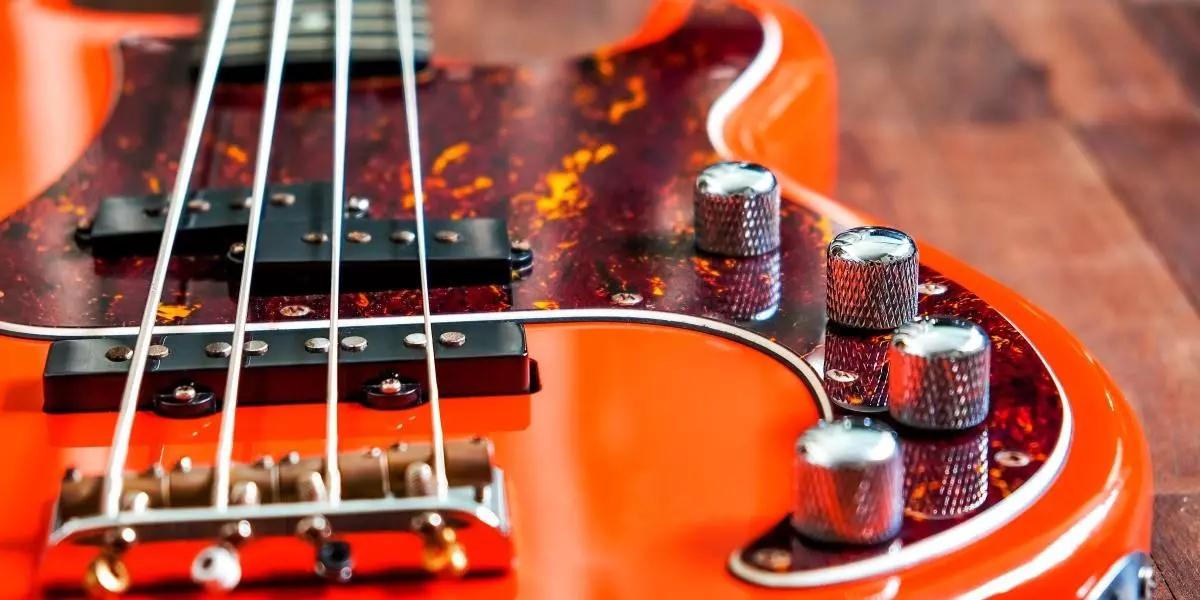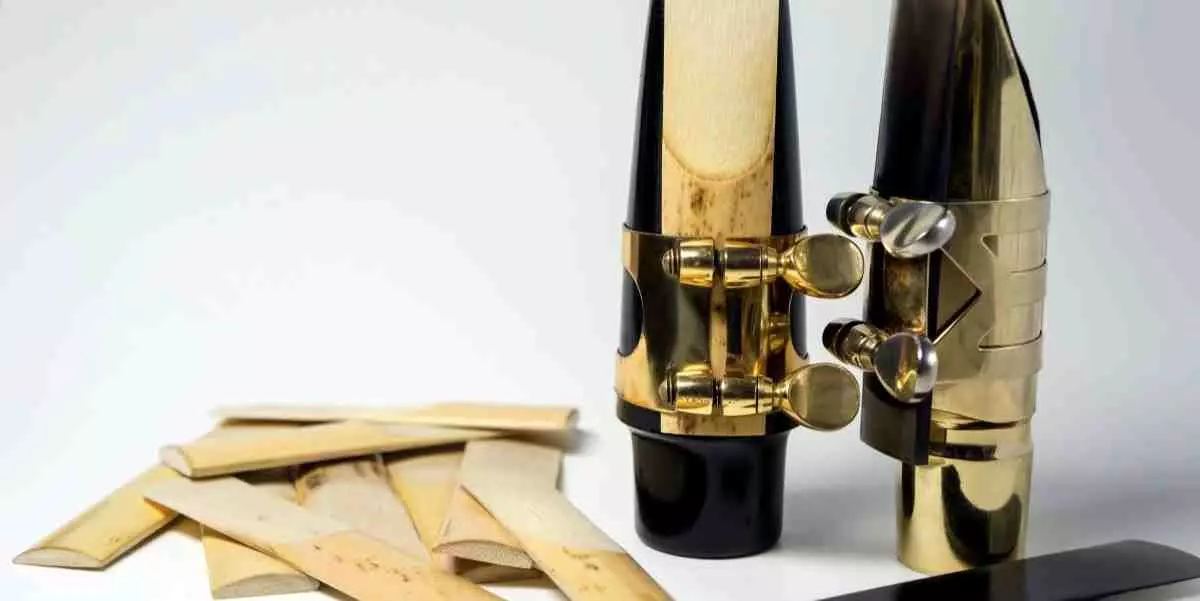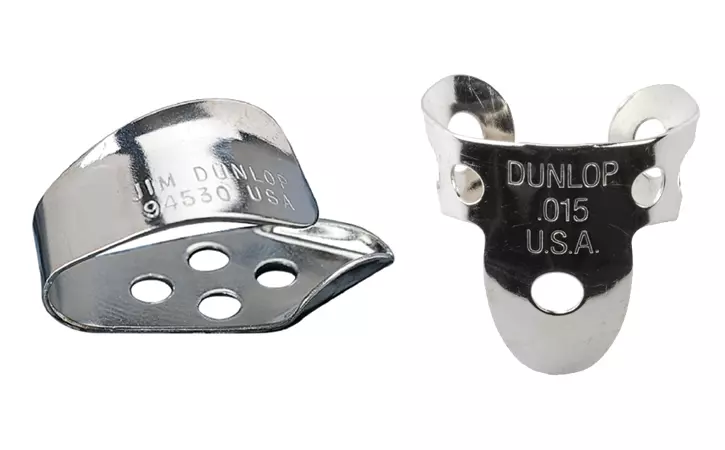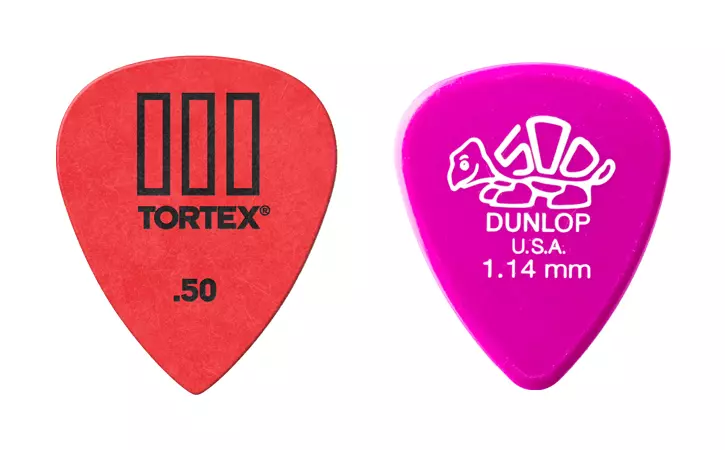Guitar Picks: A Plethora of Plectrum Possibilities
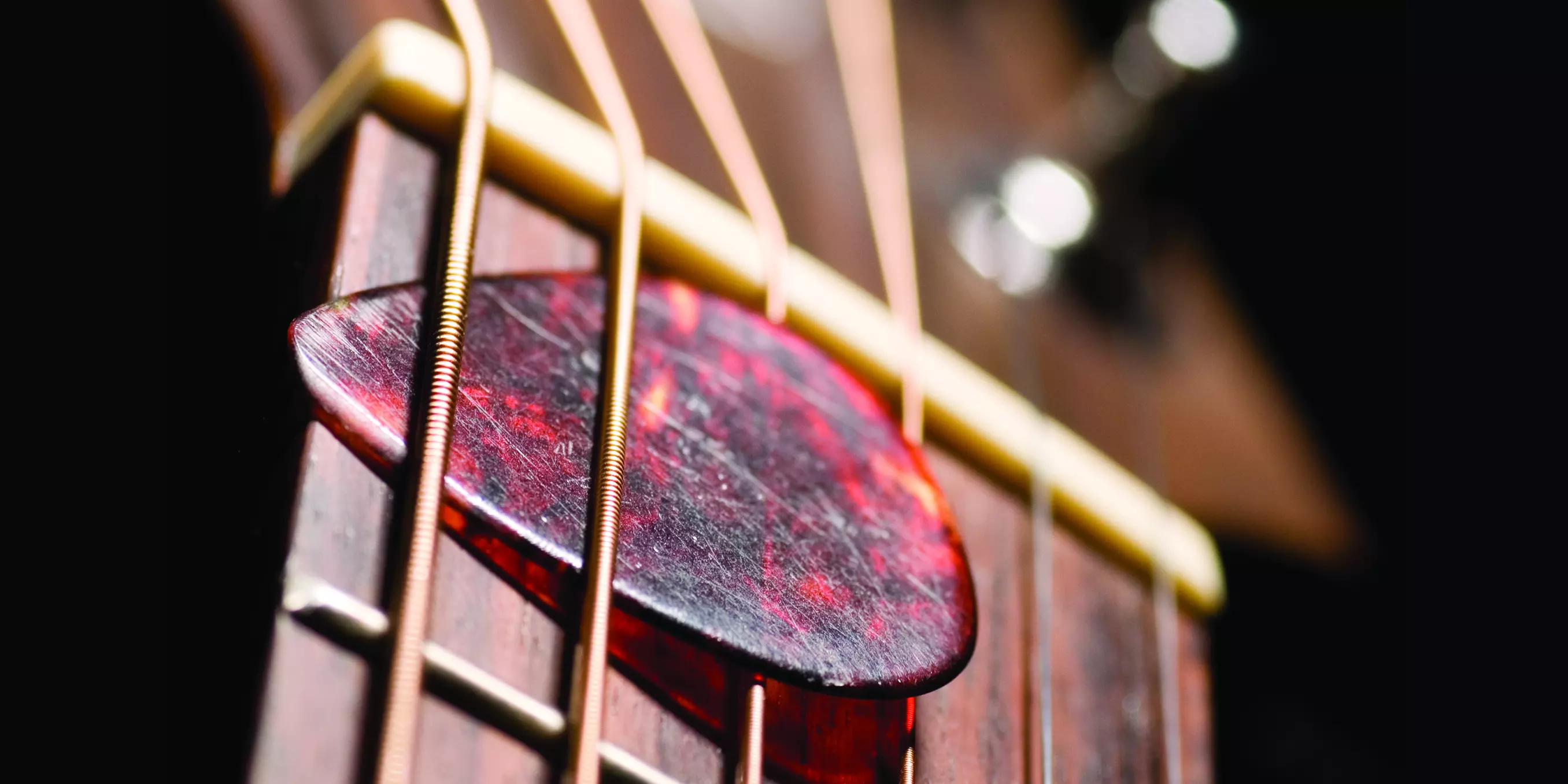
Picks may seem like an unimportant piece of plastic to many, and I’m sure you are asking yourself why you would want to read an entire article about such an insignificant item. You may also be asking what kind of crazy person would write an entire article about picks, the clogger of washing machines everywhere.
Well, gentle reader, like Transformers, there is more than meets the eye when it comes to picks, and hopefully, this article will enlighten and educate you on why the humble plectrum is THE MOST IMPORTANT PART OF YOUR TONE. There. Hopefully, that caught your eye. Shall we press on?
While picks have been used to pluck stringed instruments for thousands of years, the plectrum as we know it rose to prominence in the late 1800s as a way to better articulate notes and to increase the volume (as compared to fingers alone) of instruments like mandolins, which were the most popular instrument of the era. Until that point, the common style of pick was the thumb and finger pick (as in they are physically worn on the end of the finger) associated most prominently with banjo players.
Selection of Thumb and Finger picks
However, in the 1920s, the flat style pick held between the fingers became the de facto choice as the dominant instrument of the day shifted from banjo and mandolin to guitar. Players needed a pick that would not only sound good when struck upon the string, but they also needed it to be flexible enough to glide across the strings and offer the right amount of resistance.
To that end, some of the earliest plectrums were made of tortoise shells. Yes, you read that right. When you hear the phrase “tortoiseshell pickguard” or “tortoiseshell picks,” it does not simply refer to a colour pattern - at one point in history, guitar picks were made of actual tortoiseshell.
Like making piano keys out of ivory, this practise fell out of favour, but not for sonic or playability reasons (it’s obvious why they stopped...right?) and as such, manufacturers have been trying to replicate tortoiseshell ever since. But we are getting slightly ahead of ourselves.
People often ask me what picks are best for a beginner, or what pick is good for country music, or what is the BEST pick. When it comes to music, I am of the belief that there are no such things; the correct answer is whatever works for you and gets you playing. Picks come in a variety of shapes, sizes, colours and materials, and the next few paragraphs will try to decode the mystery.
The Colour and the Shape
In a broad sense, thinner picks (measured in millimetres) are better for strumming chords, as the flexibility allows the pick to glide across the strings offering little resistance, whereas stiffer picks tend to be better for playing single notes and soloing, as they are more precise and tend to offer the resistance that you need to play quickly (as if the pick was bouncing off the string, almost like hitting a drum skin). Anything under .73 mm should be fine for strumming, while .88 mm and up should work better for soloing.
Picks used to be shaped more like a surfboard, and were favoured mostly by mandolin players. However, as the guitar gained popularity, players needed a pick with more surface area to grip, and with necessity being the mother of invention, the more modern “standard” shape was born, that being an acute, isosceles triangle (#geometry).
Even within this style of pick, there is a myriad of flavours; picks that have a sharper point for even more precision and a sharper attack (such as the Dunlop Jazz III), picks that have indentations or grip built into the surface so it is easier to hang on to (such as the Dava brand, or the famous Cat Tongue picks, which feel like...well...a cat’s tongue), picks that are shaped like an equilateral triangle (closely associated with bass playing), and even picks that are almost round.
Dunlop Jazz III available in different colours and materials, Selection of Dava picks, Selection of Cat Tongue picks, and the Dunlop Americana Round Triangle
For your shopping convenience, most companies have standardized the colour of their picks to correspond with the thickness. For example, if someone asks you to buy them a pack of the “yellow ones”, you can infer that they are looking for the Dunlop Tortex .73 mm.
Dunlop Standard Player Packs
Now, while the shape and thickness of the pick can contribute to your tone, the material the pick is made of can make an even bigger impact on your signature sound.
Concrete and Gold...and other materials
As we discussed earlier, picks used to be made of natural materials such as the aforementioned tortoiseshell, but that was more a function of the fact that plastics and other human-made materials largely didn’t exist.
Many companies offer plectra (plectra being the proper plural of plectrum, derived from the Greek plektron which means “something with which to strike”) that are made of materials that mimic the sound and feel of natural materials. Vancouver-based company GraphTech recently released a line of picks made of a material called Tusq, which, as the name would imply, simulates the sound and feel of ivory but is completely human-made. In fact, L&M offers an exclusive 8-pack of Tusq picks.
Get the Long & McQuade exclusive 8-pack of Tusq picks by GraphTech!
Beyond that, the first mass-produced guitar picks were made of celluloid, and were highly praised for their similarity in tone and feel to tortoiseshell but at a much lower cost, both in price and impact on the environment. Dunlop’s entry into this realm originated with their Tortex picks, first introduced in the ‘80s.
While Tortex picks are still available today, they are now made of the most common material across all the brands, that being Delrin. Delrin is praised for its flexibility, warm tone, and durability (if there is a knock on celluloid picks, it is that they are a little prone to wearing and breaking). Almost every company offers a Delrin pick, including Traynor that offers a pack of 12.
Selection of Tortex picks and Delrin picks
Other popular materials include nylon (which is very inexpensive to produce and tends to give a warm tone, but wears quickly), Ultex (extremely durable with a sharp, crisp sound), metal (which will give you the ultimate brightness and will never wear, but is a tad expensive and hard on your strings) and even felt and rubber (usually used on ukulele and bass respectively to simulate the sound of fingers).
Selection of Nylon picks, Selection of Ultex picks, Selection of Metal picks and our Selection of Felt picks
Sonic Highways
Indeed, when it comes to musical equipment, there is no shortage of selection out there, and choices for picks are no exception. As with most things, the best thing to do would be to trot down to your local Long & McQuade and experiment with all the different flavours available. Kind of like Baskin Robbins. Just don’t eat them.
* * *
Ian James is a lifelong lover of writing, recording and performing music, and has been working for Long & McQuade Langley and then Richmond for a total of 6 years

